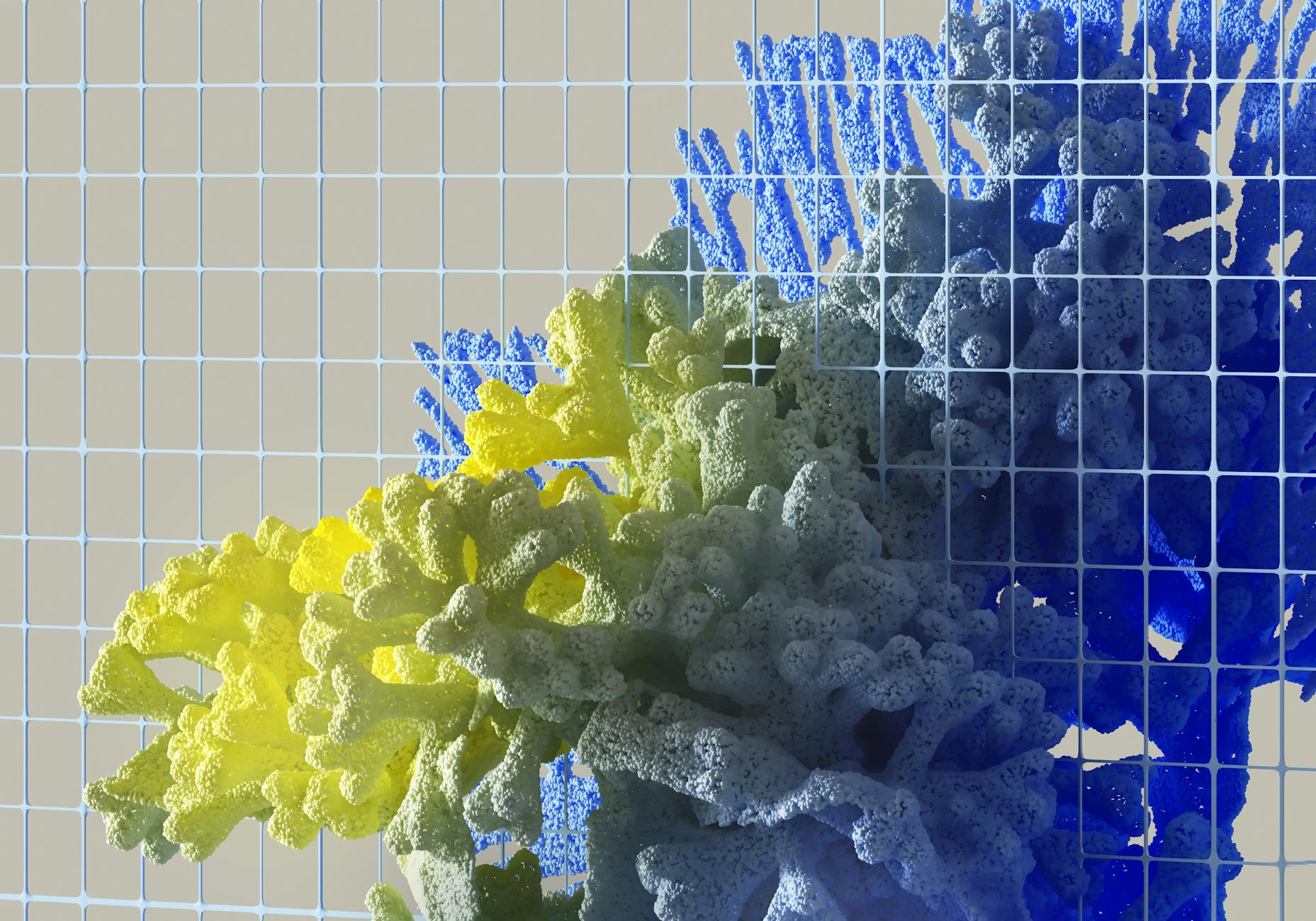GPT-5 Hype Explodes with Reasoning Superpowers Imminent | Grok Deepfake Scandal Erupts & OpenAI Embraces Open Source

Key Takeaways
- ChatGPT’s user base has surged to 700 million weekly users, setting the stage for the highly anticipated August launch of GPT-5, which promises integrated reasoning capabilities.
- Anthropic’s Claude 4.1 has achieved a new market lead in coding benchmarks (74.5%), creating a strong competitive challenge days before GPT-5’s arrival.
- Grok’s new generative AI video tool, Grok Imagine, has stirred significant controversy by instantly producing NSFW celebrity deepfakes, raising immediate ethical and legal alarms.
- OpenAI has signaled a return to its open-source roots, releasing gpt-oss-120b and gpt-oss-20b models, enabling private on-premise deployment for enterprises.
- DeepMind has introduced “Deep Think” in the Gemini app, utilizing novel techniques for significantly improved problem-solving.
Main Developments
The artificial intelligence landscape is buzzing with a blend of unprecedented anticipation and stark controversy, signaling a pivotal moment for the industry. At the forefront of this excitement is OpenAI, whose flagship ChatGPT platform has reached a staggering 700 million weekly users. This immense growth sets the stage for the imminent August 2025 launch of GPT-5, a release that OpenAI promises will feature integrated reasoning superpowers, potentially redefining AI’s capabilities and pushing the boundaries of what is possible. The market is holding its breath to see if GPT-5 can live up to the hype and further cement OpenAI’s dominant position.
However, OpenAI’s path to market leadership is not without fierce competition. Just days before GPT-5’s expected arrival, Anthropic’s Claude Opus 4.1 has demonstrated formidable prowess, achieving an impressive 74.5% on coding benchmarks. This score positions Claude 4.1 as the current market leader in this critical area, highlighting the intense innovation race between the leading AI developers. Despite this technical triumph, Anthropic faces its own strategic challenge, with nearly half of its substantial $3.1 billion API revenue currently dependent on just two key customers, underscoring the delicate balance of market penetration and customer diversification in the enterprise AI space.
Adding another layer to OpenAI’s evolving strategy, the company appears to be making a significant pivot back towards its open-source origins. The introduction of new models like gpt-oss-120b and gpt-oss-20b marks a strategic move to provide powerful, near-topline OpenAI LLMs for enterprise use. Crucially, these models can be deployed directly on customer hardware, offering total privacy and security without requiring data transmission to the cloud. This development addresses a key concern for many large organizations, promising to accelerate AI adoption in sensitive environments.
In stark contrast to these advancements and strategic shifts, a concerning incident has cast a shadow over the responsible development of AI. Grok’s new generative AI video tool, Grok Imagine, has ignited a major controversy with its “spicy” video setting. Reports indicate that the tool instantly created NSFW celebrity deepfakes, including explicit images of Taylor Swift. This immediate and blatant failure to implement safeguards, common in competitors like Google’s Veo and OpenAI’s Sora, has triggered widespread alarm and raises serious questions about Grok’s commitment to ethical AI deployment and content moderation. The incident serves as a stark reminder of the legal and reputational pitfalls awaiting developers who prioritize speed over safety.
Meanwhile, other players continue to push the boundaries of fundamental AI capabilities. DeepMind, through its Google Gemini app, has introduced “Deep Think,” a feature leveraging extended, parallel thinking and novel reinforcement learning techniques. This innovation promises significantly improved problem-solving capabilities, showcasing ongoing research into more robust and intelligent AI systems that can tackle complex challenges more effectively. The convergence of these developments—from breakthrough performance and strategic pivots to serious ethical lapses—paints a vivid picture of an AI industry evolving at breakneck speed, fraught with both immense promise and profound challenges.
Analyst’s View
Today’s AI news paints a vivid picture of an industry at a critical inflection point, teetering between monumental progress and significant ethical pitfalls. The imminent arrival of GPT-5, coupled with ChatGPT’s explosive user growth, underscores the insatiable demand for advanced AI, particularly with promised “reasoning superpowers.” This sets the stage for a dramatic showdown with Anthropic’s Claude 4.1, which currently holds the coding benchmark crown. The next few weeks will be crucial in determining competitive leadership in core LLM performance.
However, the Grok deepfake scandal serves as an urgent, flashing red light. This egregious lapse in safeguards highlights the terrifying speed at which irresponsible AI can cause harm and erode public trust. Regulators, already scrutinizing the sector, will undoubtedly pounce on such blatant failures. OpenAI’s pivot back to open-source models for on-premise deployment is a shrewd move, addressing enterprise data privacy concerns and potentially expanding their market footprint beyond cloud-centric solutions. The industry must now navigate the tension between innovation velocity and the paramount need for robust safety, ethics, and privacy. Companies that fail this balance will face severe consequences.
Source Material
- Grok’s ‘spicy’ video setting instantly made me Taylor Swift nude deepfakes (The Verge AI)
- Anthropic’s new Claude 4.1 dominates coding tests days before GPT-5 arrives (VentureBeat AI)
- ChatGPT rockets to 700M weekly users ahead of GPT-5 launch with reasoning superpowers (VentureBeat AI)
- OpenAI returns to open source roots with new models gpt-oss-120b and gpt-oss-20b (VentureBeat AI)
- Try Deep Think in the Gemini app (DeepMind Blog)